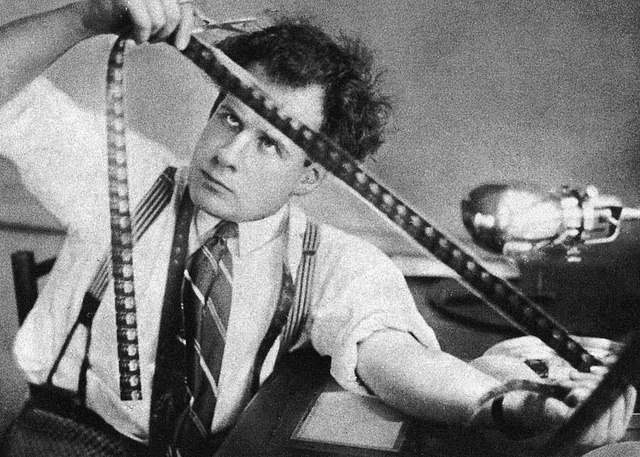
Fancy being the next Roger Ebert? Then check out the latest blockbuster or arthouse flick, and let the world know what you think! But what goes into a good movie review? We have a few review writing tips to share:
Read on to find out how to put these tips into practice in your next review.
When we say you should watch the movie you’re planning to review, we mean you need to really watch it. No popcorn. No whispering to friends. Just eyes on the screen. Ideally, you should even try to see the film more than once before reviewing it (although this isn’t always possible).
You may also want to take notes so you can use them when writing a review. Do this on paper, though; no illuminated screens! And it is usually better to save note taking for a second viewing, as you might miss something first time round if you’re busy scribbling in a notebook.
Who you are writing for will have a big influence on how you write. Most importantly, you need to think about how much your target audience already knows about cinematic techniques and history.
For example, saying that a scene “evokes memories of Eisenstein’s approach to montage, manipulating the viewer by juxtaposing images of hope and fear” would be fine if you were writing for an audience familiar with cinematic theory (e.g., film students or professionals).

But such remarks may be lost on a general audience, who might just want to know whether it’s worth paying to catch the new Mission Impossible at the theater. As such, you should think about what your readers might want to know and tailor your review accordingly.
A movie works on multiple levels, all of which should factor into your review. Questions you might want to ask yourself include:
This isn’t to say you can’t write about whether you enjoyed the movie, too! Most people are happy to overlook, e.g., some dodgy acting if they’re enjoying the spectacle of a Hollywood blockbuster. So how much you focus on each of the above may depend on what you’re watching.